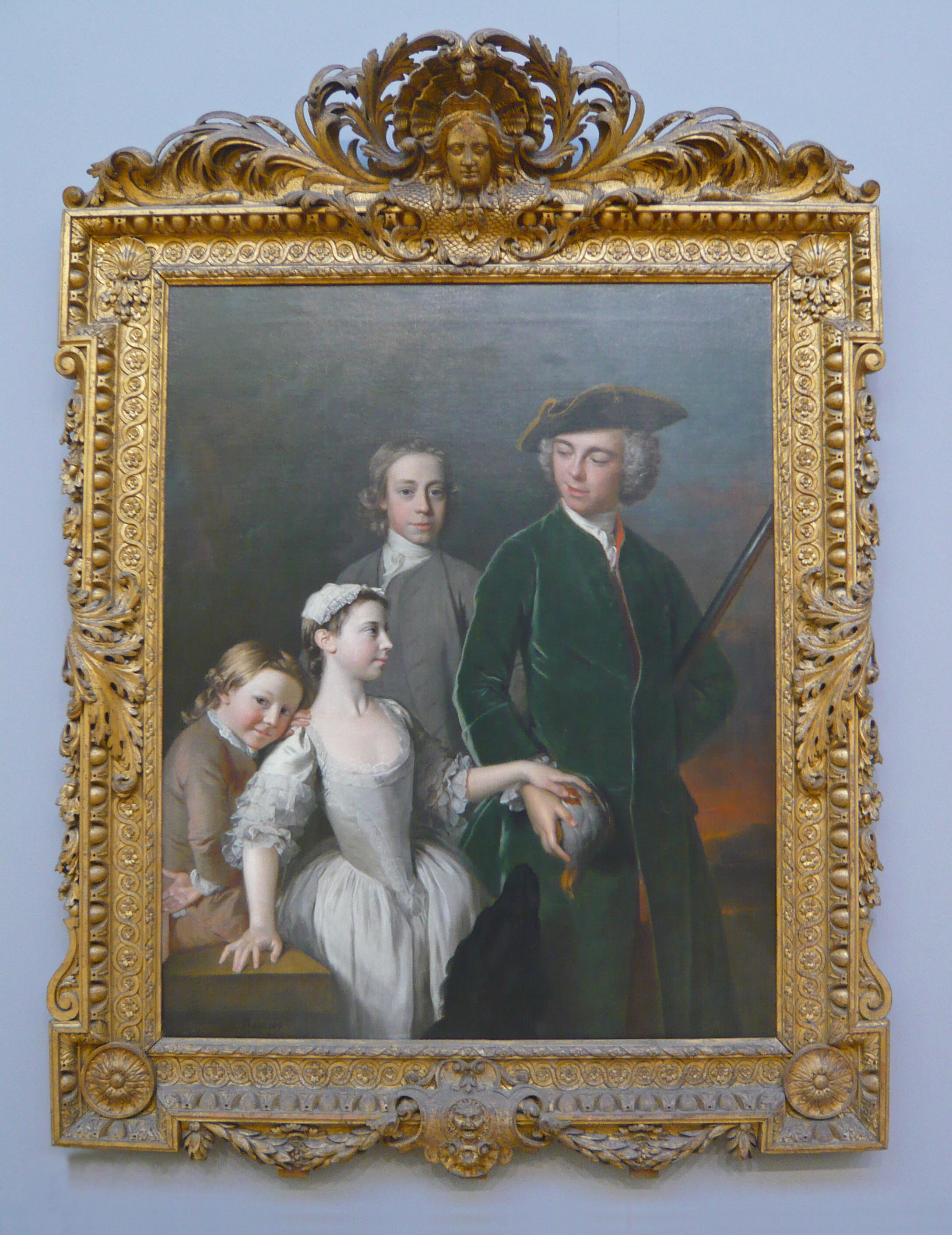The Kent Frame
English, circa 1740, carved pine and gilded Palladian frame with a reeded sight moulding bound by ribbons and egg and dart ornament bordering a frieze with applied guilloche and flower ornament and within the outset corners, pierced acanthus leaves in the rococo style. (Frame ref: 10968)
Copyright Arnold Wiggins & Sons
The Kent or Palladian frame style takes its name from William Kent, (1685-1748), architect, landscape architect, painter and furniture designer. During a tour of Northern Italy in 1714 Kent was inspired by the architecture of Andrea Palladio, in particular his palaces in Vicenza. He revived the Palladian style of architecture in England which also influenced his design for furniture, looking glasses and picture frames, to complement his interiors - notably Chiswick House (1729), Hampton Court Palace (1732), Holkham Hall and Houghton.
The dominant features of the Kent frame are the outset corners and rows of classical ornament such as egg and dart, guilloche and Greek key.
EXAMPLES OF PAINTINGS FRAMED IN KENT FRAMES
Canaletto, Venice: The Basin of San Marco on Ascension Day. The National Gallery, London
Allan Ramsay Thomas 2nd Baron Mansel of Margam with his Blackwood Half-Brothers and Sister. Tate Britain, London
William Hogarth William Wollaston and his Family in a Grand Interior. Leicester City Museum




